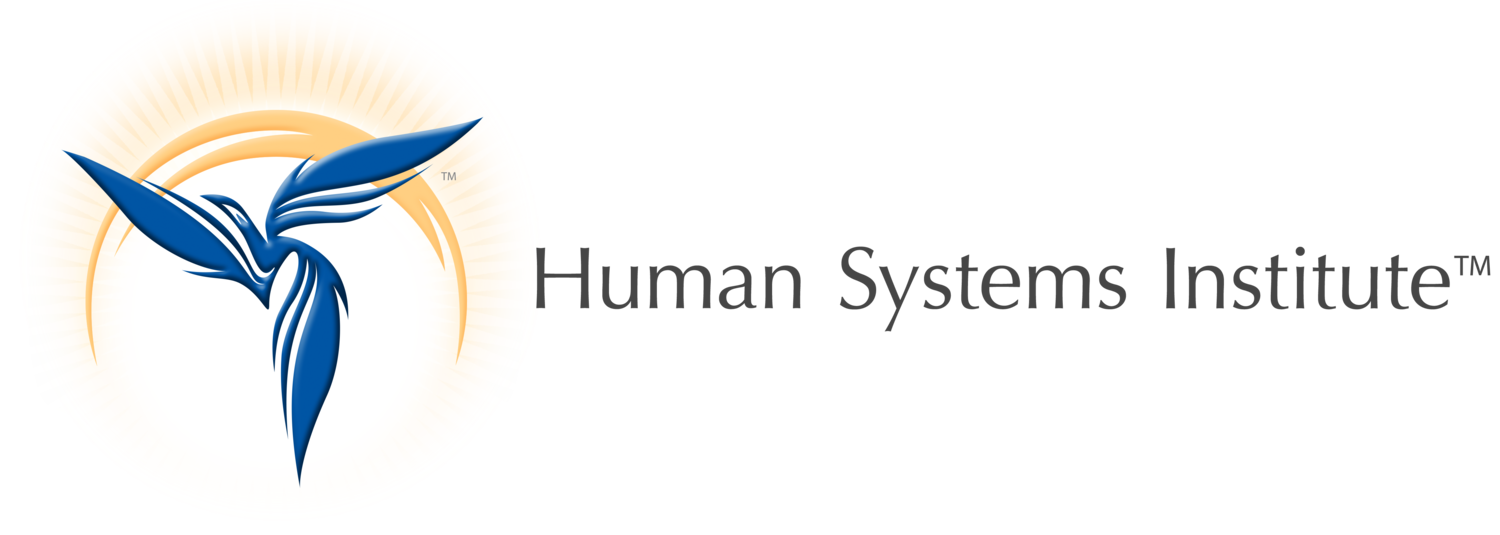Can Work, AI and Humans Coexist?
We have entered a time of “creative destruction.” No, I don’t mean U.S. politics. That’s for another discussion. I mean the rapid introduction of AI and other general‑purpose technologies such as ChatGPT. It is hard to read the news without encountering the mix of fear, excitement, and ethical questions raised by the flood of AI into our social and electronic lifeworlds.
“Creative destruction” names the recurring cycles of technical innovation that up‑end jobs and companies. AI is not the first disruption of this kind. Theorists like Kondratiev, Schumpeter, and Carlota Perez have studied the cyclic waves of technological change, from the Industrial Revolution in the late 1770s through the Age of Oil and the Age of Information (think mobile phones) to the current AI revolution. Each wave brought rapid social disruption and change. AI is the latest in this lineage of technology overturning our worlds.
These revolutions tend to follow an investment arc that looks “N‑shaped”: an emergence and frenzy phase in which those with wealth pour money into the new technology, often inflating a bubble that eventually bursts. After the peak and correction, the technology is woven into the production of goods and services and it becomes common‑place, a part of normal life.
For most of us, the lived experience of this “revolution” looks more like a “J‑curve.” First comes excitement as the technology appears, then disruption as several jobs are lost and companies fail to adapt, and finally an implementation phase in which the new tools are integrated into daily life, for good, for ill, and usually some of both. The irony, of course, is that we humans generate the very waves that excite, disrupt, and eventually reshape our lives.
Now consider the difference between human beings and the technologies we create. Humans are embedded in natural systems, a part of interrelated, adaptive, living systems. For example, we depend on honeybees to pollinate and provide much of our fruit, no matter where that fruit is grown. We are in reciprocal relation with a living, breathing planet. Unlike many of our linear production systems that extract resources, manufacture goods, and discard what is left over, living systems are circular. There is no waste or “garbage” in ecosystems.
In contrast to human beings, both “work” and “AI” are human inventions, shaped by cultural, political, and economic forces. Work is a set of agreements, an exchange of people’s time and skill for the means of survival (money). AI is also not a natural system; it reflects the assumptions, the choice of data it is trained on, and the goals of its makers who are often a small group of wealthy individuals and their companies.
Like work, AI can either serve or suppress human well‑being depending on the values embedded in it and the rules we create to shape it. In capitalist economies, work and AI often end up serving profit before people, benefiting those few who control capital at the expense of the many.
All human‑made systems are shaped by values, whether explicit or not. If we prioritize speed and control, robotic production systems are a logical outcome. If we prioritize human dignity, equity, and sustainable means, work that employs humans in safe and purposeful work results. Our priorities will shape the technologies we build and adopt. The coexistence of humans, work, and AI is not a technical question; it is a moral, ethical, and systemic one. The kind of technology we create, and the kinds of work it entails, will mirror our values and priorities. A better question than “Will AI replace us?” is “What do we want to create together?”
